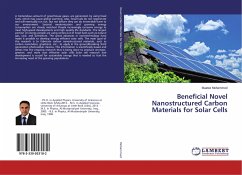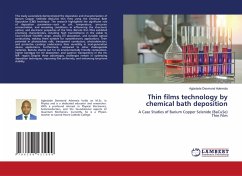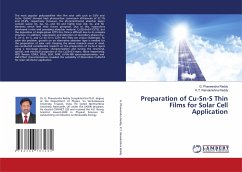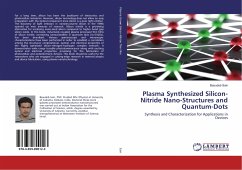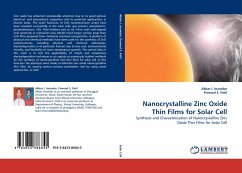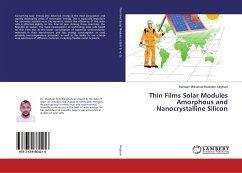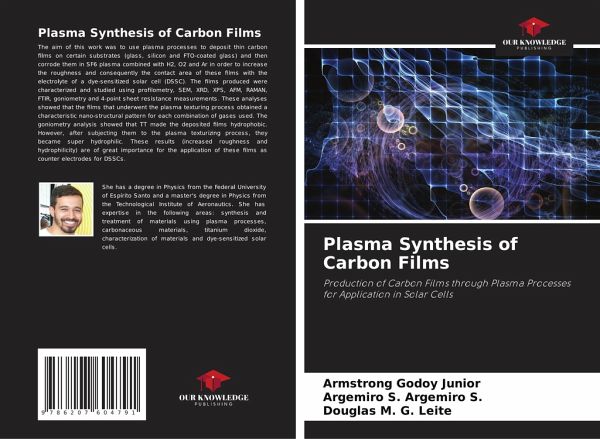
Plasma Synthesis of Carbon Films
Production of Carbon Films through Plasma Processes for Application in Solar Cells
Versandkostenfrei!
Versandfertig in 6-10 Tagen
33,99 €
inkl. MwSt.

PAYBACK Punkte
17 °P sammeln!
The aim of this work was to use plasma processes to deposit thin carbon films on certain substrates (glass, silicon and FTO-coated glass) and then corrode them in SF6 plasma combined with H2, O2 and Ar in order to increase the roughness and consequently the contact area of these films with the electrolyte of a dye-sensitized solar cell (DSSC). The films produced were characterized and studied using profilometry, SEM, XRD, XPS, AFM, RAMAN, FTIR, goniometry and 4-point sheet resistance measurements. These analyses showed that the films that underwent the plasma texturing process obtained a chara...
The aim of this work was to use plasma processes to deposit thin carbon films on certain substrates (glass, silicon and FTO-coated glass) and then corrode them in SF6 plasma combined with H2, O2 and Ar in order to increase the roughness and consequently the contact area of these films with the electrolyte of a dye-sensitized solar cell (DSSC). The films produced were characterized and studied using profilometry, SEM, XRD, XPS, AFM, RAMAN, FTIR, goniometry and 4-point sheet resistance measurements. These analyses showed that the films that underwent the plasma texturing process obtained a characteristic nano-structural pattern for each combination of gases used. The goniometry analysis showed that TT made the deposited films hydrophobic. However, after subjecting them to the plasma texturizing process, they became super hydrophilic. These results (increased roughness and hydrophilicity) are of great importance for the application of these films as counter electrodes for DSSCs.





